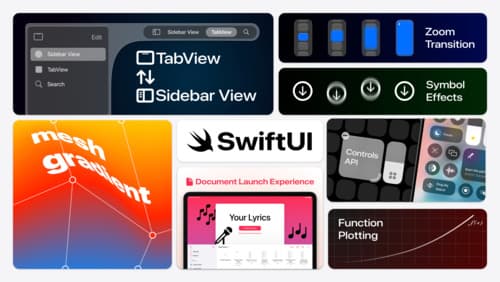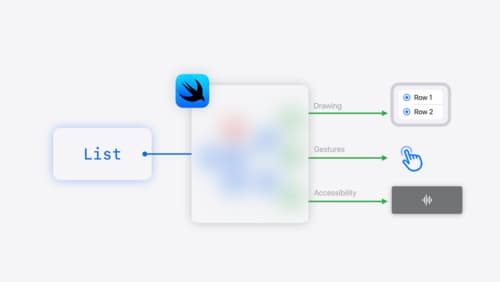Why is SwiftUI not backwards compatible?
Asked on 2024-07-26
1 search
SwiftUI is not backwards compatible primarily because it is designed to leverage the unique features and capabilities of each Apple platform. While SwiftUI enables code sharing across platforms, it is not a "write once, run everywhere" solution. Each platform has its own specialized APIs and design considerations, as described in the Human Interface Guidelines. This means that while you can share a lot of code, you often need to make platform-specific adjustments to fully utilize the capabilities of each device.
For example, on watchOS, you might use the digital crown for navigation, which is not applicable on other platforms. Similarly, macOS might require different scene types and windowing models compared to iOS or visionOS. This platform-specific customization is necessary to provide the best user experience on each device.
Additionally, SwiftUI's interoperability with other frameworks like UIKit and AppKit is crucial for integrating new features into existing apps. This deep integration with platform-specific frameworks further complicates backward compatibility.
For more details, you can refer to the SwiftUI essentials session.

What’s new in SwiftUI
Learn how you can use SwiftUI to build great apps for any Apple platform. Explore a fresh new look and feel for tabs and documents on iPadOS. Improve your window management with new windowing APIs, and gain more control over immersive spaces and volumes in your visionOS apps. We’ll also take you through other exciting refinements that help you make expressive charts, customize and layout text, and so much more.

SwiftUI essentials
Join us on a tour of SwiftUI, Apple’s declarative user interface framework. Learn essential concepts for building apps in SwiftUI, like views, state variables, and layout. Discover the breadth of APIs for building fully featured experiences and crafting unique custom components. Whether you’re brand new to SwiftUI or an experienced developer, you’ll learn how to take advantage of what SwiftUI has to offer when building great apps.

Platforms State of the Union
Discover the newest advancements on Apple platforms.
